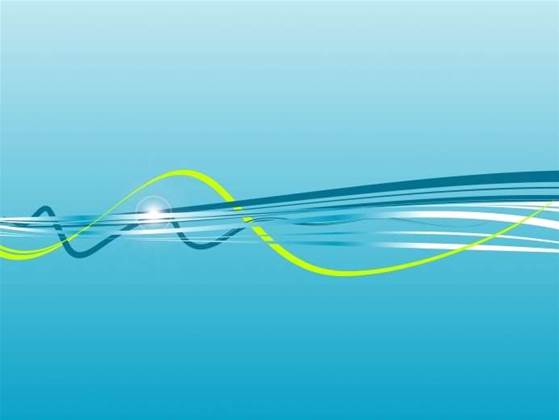
Adding 30 to 40 percent capacity to Australia's links to the rest of the world, the 6900 kilometre cable will run from Sydney to Guam via Brisbane as well as Popondetta and Madang in Papua New Guinea. From Guam it will connect to the United States and parts of Asia.
Announced by new Federal Communications Minister, Senator Stephen Conroy, PIPE Networks' cable will play a key role in the government's plans for a national Fibre to the Node network.
"It has the potential to improve Australia's internet transmission capacity and increase competition in the Australian telecommunications marketplace. This is great news for Australian internet users because the result will be faster and cheaper broadband," Conroy said.
"As a firm believer in the value of competition in the telecommunications sector, it is great to see a smart, energetic Australian company doing so well and also having such ambitious plans for the future."
The new cable will provide a "significant reduction of international bandwidth prices" for foundation customers including Primus, Internode and iiNet, said PIPE Networks executive director Lloyd Ernst. The announcement is already allowing these ISPs to drive harder bargains with other cable providers at this weeks' 2008 Pacific Telecommunications Council conference in Hawaii.
"It's not about capacity, it's about competition," Ernst said. "Look at the discount airline model. Australians didn't benefit much from competition when there were only two major airlines. Just like new players in the airline industry, we aim to be the disruptive force that changes the market."
Brisbane-based PIPE Networks currently operates 670,000 meters of fibre optic-based network, servicing central Sydney, Melbourne and Brisbane.
One of Australia's largest peering providers, PIPE Networks' peering customers include WebCentral, the Australian Broadcasting Corporation, iiNet, Primus, TPGi and AsiaNetcom.
The new PPC-1 cable to Guam will compete with the three existing key cable links to Australia. Southern Cross Cable cable - linking Australia to the United States east coast via New Zealand, Fiji and Hawaii - is owned by Telecom New Zealand, SingTel Optus and Verizon Business. Plans are afoot to boost the cable's capacity to 860 Gbit/s by the end of 2008, although storm damage in late 2007 has restricted the bandwidth available to Australia.
The Sea-Me-We-3 (South East Asia Middle West Europe 3) cable, which links Perth to the Germany via 39 landing points, is also controlled by Singapore Telecom along with France Telecom.
Telstra recently added an extra 40 Gbit/s of capacity to its Australia-Japan Cable, which also runs via Guam. A second 120 Gbit/s upgrade is due for completion in April 2008. Last March, Telstra unveiled it would build its own new submarine cable to Hawaii at a cost of approximately $300 million.



.png&h=140&w=231&c=1&s=0)

_(22).jpg&h=140&w=231&c=1&s=0)



_(26).jpg&w=100&c=1&s=0)

 iTnews Executive Retreat - Security Leaders Edition
iTnews Executive Retreat - Security Leaders Edition












_(1).jpg&h=140&w=231&c=1&s=0)



